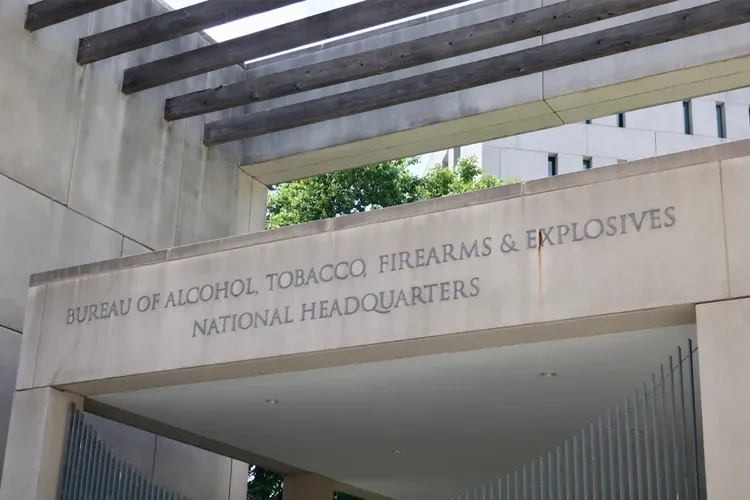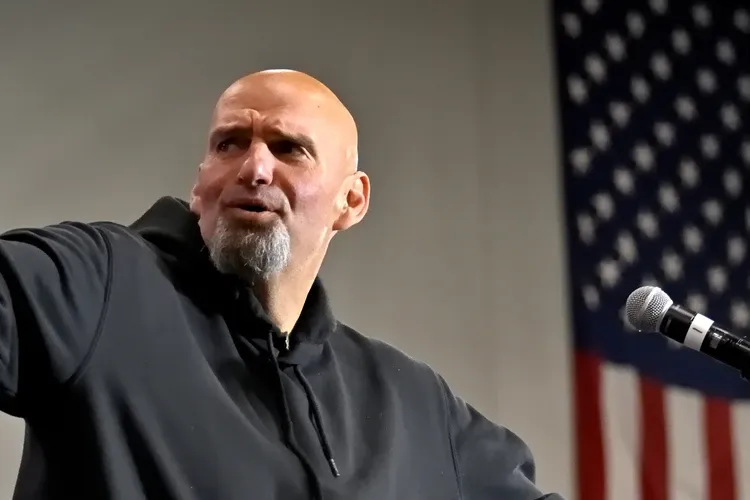Editor's Note: This article is from Gun Pulse, an email-only newsletter from The Sentinel published six days per week to cover the battle over the Second Amendment. If you want to read more content like this, sign up for free here.
Officials at the Bureau of Alcohol, Tobacco, Firearms, and Explosives asked to run facial recognition on Thomas Matthew Crooks, the attempted assassin of former President Donald Trump, in the minutes after the failed attack, raising questions as to why the federal gun control agency would be responsible for conducting the facial recognition test.
Wisconsin Republican Senator Ron Johnson released a report with preliminary findings from his investigation into the failed assassination. The official shared that local law enforcement agents patted down and took pictures of Crooks while his body was still on the roof from which he shot Trump. One member of the Allegheny County Bomb Squad then requested that they send the pictures to a phone number with a Philadelphia area code associated with the ATF, which was “apparently requesting the photos of Crooks for facial recognition purposes.”
Staff members for Johnson attempted to “establish further talks with the individual with that number” but received an email from the ATF requesting that they “coordinate any of these kinds of requests through our office” so that they could in turn coordinate with the FBI.
The report from Johnson asked “why ATF would be the agency responsible for conducting facial recognition in an attempt to identify Crooks,” as well as “whether ATF ultimately did conduct any facial recognition on the photos provided to their agent.”
Second Amendment advocacy organizations such as Gun Owners of America immediately voiced concern that the ATF was attempting to use facial recognition technology. Many conservatives have contended that the ATF exerts pressure on lawful firearm owners through aggressive enforcement actions and federal rulemaking that restricts the right to bear arms.
The controversial agency has indeed used at least three federal and commercial facial recognition technology systems made available through the Department of Justice, according to a report from the Government Accountability Office released three years ago.
The possible use of facial recognition after the failed Trump assassination comes after lawmakers debated over a controversial list of firearm owners maintained by the ATF. Georgia Republican Representative Andrew Clyde said the agency effectively maintains a firearm registry because they keep the list of gun purchases, a claim which the agency denies since “their database is not a name searchable database.”
The report from Johnson also noted that there remain over three dozen “outstanding questions” from the investigation related to the conduct of Secret Service and other agencies.




